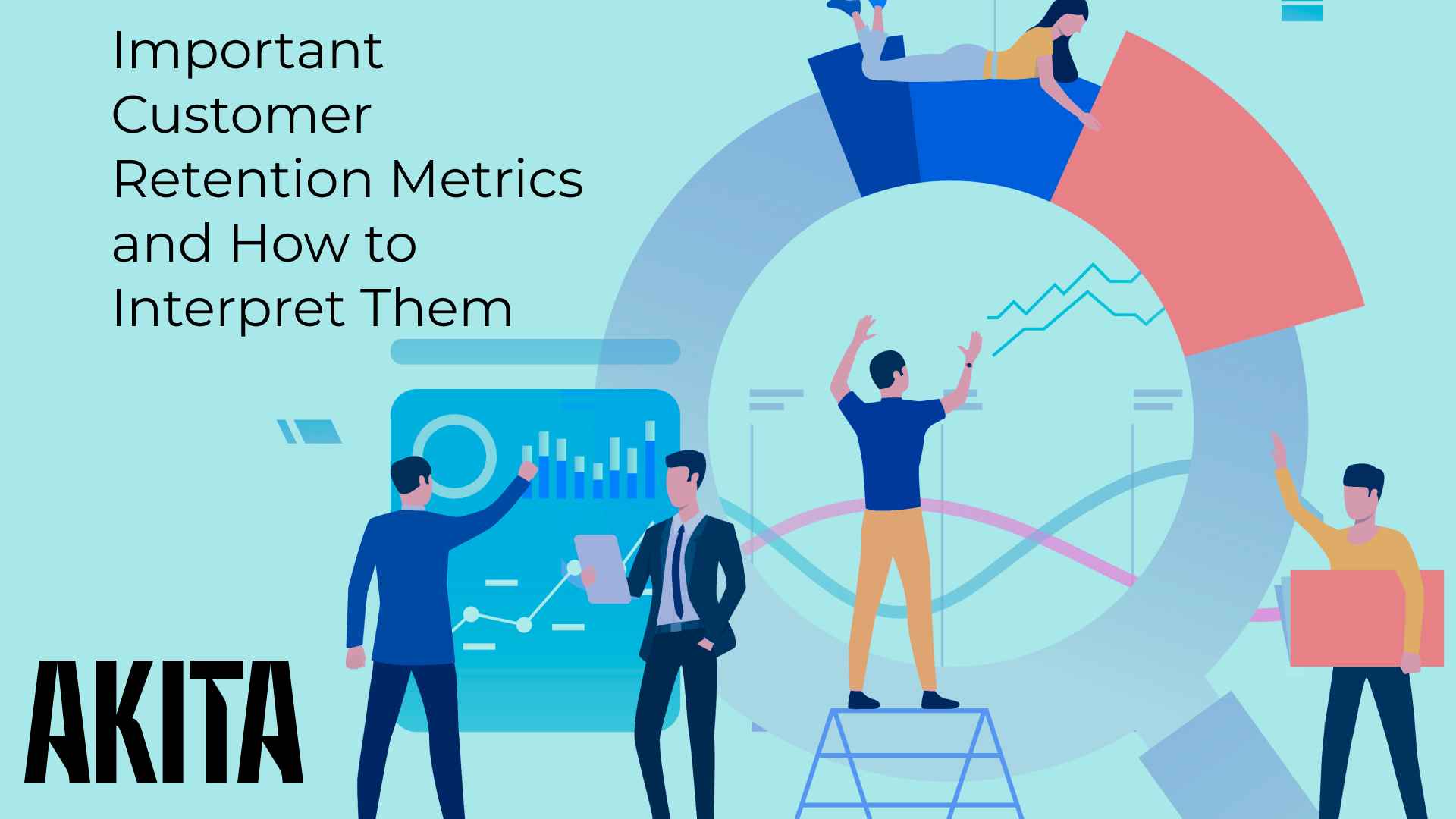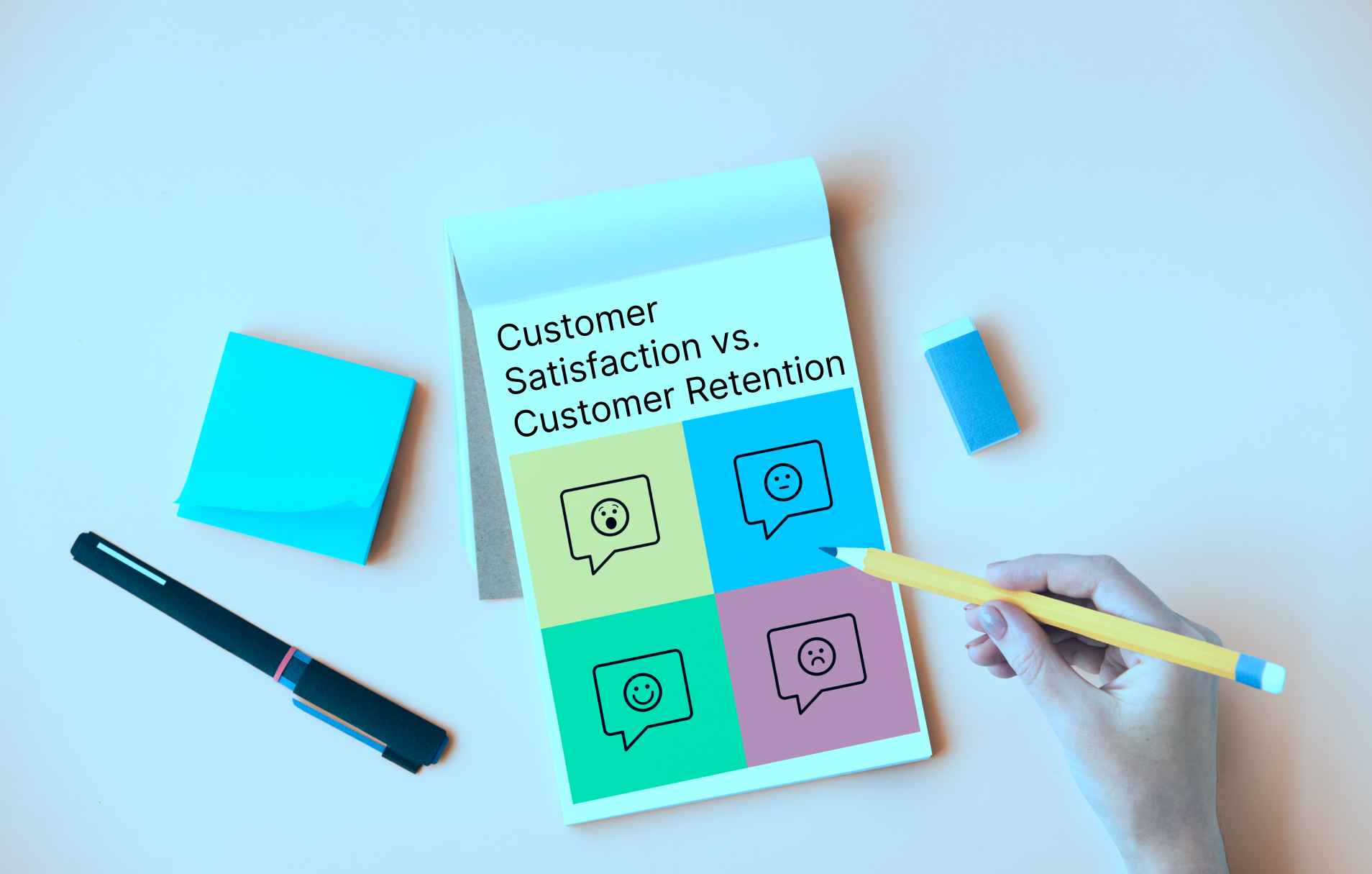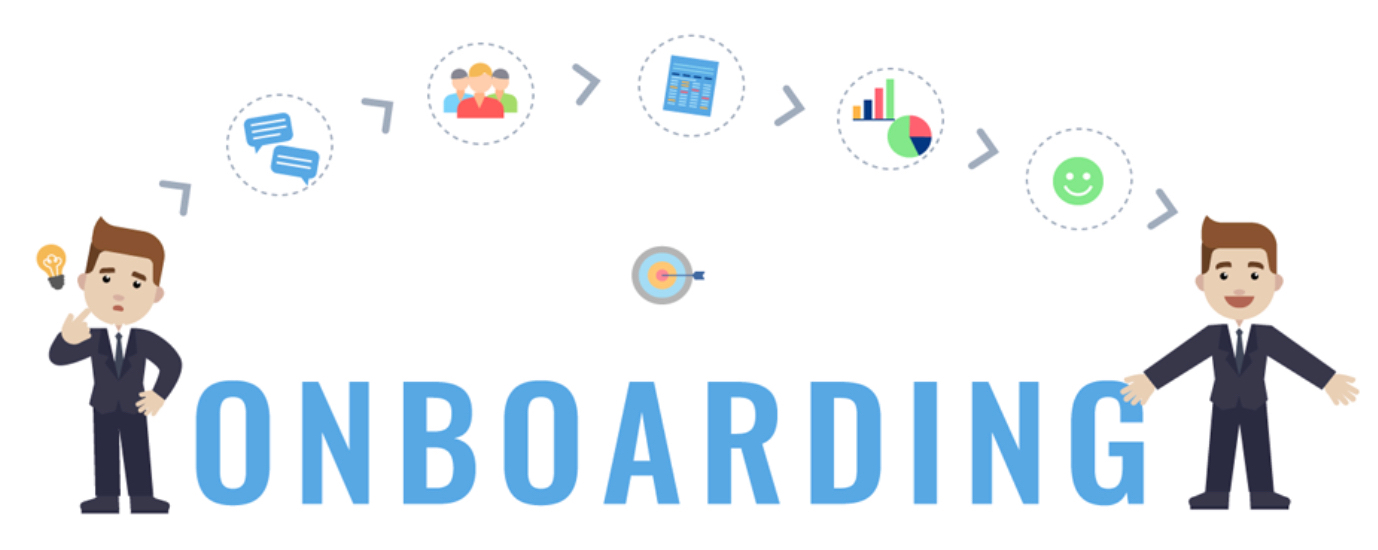How to Improve the Customer Onboarding Process

First impressions are powerful in business. They can easily deter an interested party or can create a strong bond that will last for years.
Having a great onboarding process goes beyond providing new customers with guidelines on how to use your product or service. It is a way to develop long-term relationships where customers feel valued, listened to and part of a collaborative process.
Given that your product, its use cases and the market are constantly shifting, there will always be new ways to improve the customer onboarding process. The bottom line is to make sure that your product becomes an integral part of your customer’s process. This requires that you have a deep understanding of their needs and that you remain constantly vigilant and present during the onboarding period (and beyond).
If you are unsure whether or not you are delivering an optimal experience for your customers, help is at hand! Below we look in some detail at how to improve the customer onboarding process.
What is Customer Onboarding?
Customer onboarding is the process of guiding new customers on how to get the most value from services or products. It is a way to meet and greet your customers and show them that their landing on your page was not a coincidence.
It usually includes tutorials, guidance, welcome emails, and any other helpful instructions that will enhance their experience and facilitate product usage. Its main role is to improve user experience and therefore, increase user engagement. This is how your business increases customer and brand loyalty and builds a web of brand advocates.
Designing an Onboarding Experience for Success
To create a successful campaign for customer onboarding improvements, you need to have a clear vision and plan. But how can you know exactly what your new customers want? By getting to know them better.
You can track their activities within the customer success platform and learn more about their preferences. No matter if you have ten or thousand customers, it is quite difficult to keep pace with each customer’s buying journey.
With Akita, you can do that easily. By segmenting your customers into cohorts based on their purchase habits, likes, and any other parameter you find pivotal, you can get metrics and data that show their performance. Akita allows you to combine multiple data like sales activities, support tickets, chat data, and many more to get a “helicopter view” of the customer. This is how you can always see the bigger picture, predict the bothersome churn, and grow a healthy customer base.
Besides using customer success software to collect new customer data, you should take time to communicate with customers. Having a responsive customer support team is great, but having an excellent support team that makes them feel at home goes a long way. Let’s not forget – good customer experience improves customer retention. Make sure to ask for feedback about their progress to learn if they might need some help. This is also a way to direct them to the next stage of your service or a new product.
By knowing what your client’s goal is regarding your service or a product, you can customize your approach at every step of the way. Create meaningful content, FAQs, or a customer community that fits the specific category.
Why Your Onboarding Isn’t Delivering Results
Today, SaaS and e-commerce business environments are as competitive as it gets. This is because they have been constantly and rapidly remodeled to fit the customers’ demands, and the same rule applies to customer success as well. Overlooking small details that can increase customer onboarding can happen easily, but potentially very damaging to your business. Therefore, make sure to avoid making the following mistakes:
- Not Being Clear Enough
One of the crucial deal-breakers for new customers is not understanding how your service or product works. Being confident that your product is a necessity for many people is a great start, but knowing how to explain its value and functionality clearly and concisely is a must if you wish to increase customer onboarding. This is why it’s essential to continually assess the onboarding process and modify it along the way.
- Making Activation Emails a Priority
Did it ever happen to you to leave the page to activate your account and then never come back? If it has, you are not alone. This is why it is important to give your audience enough room to explore the product and learn more about its value without interruption. You can always use in-app banners to notify users about the activation, but it is advised to let them use your product instantly to avoid losing their interest.
- Being Too Pushy
When a customer feels overly pressured to try your product, it can seem like you are trying too hard to convince them to stay with you. The safest way to prevent this is to make your product or service intuitive and easy to use, so that it serves as its own advocate.
- Poor UX
Launching a product or service that comes with a lot of unique features can be greatly appreciated by many users. However, making your customers feel overwhelmed at the very start of their journey is certainly not a good idea. Make sure that your main navigation is not packed with too much information, as it can be quite difficult to find the way through it.
Ways to Improve Your Onboarding
Since we pointed out what not to do, let us show you how the customer onboarding process can be improved.
- Begin With the Onboarding Process Instantly
Being ready to persuade your new customer that your product will give them what they need demonstrates that you value their time and trust. You can create a welcome email with videos or links that provide more details about your offer, or an in-app chat that does the same.
- Have A Clear Plan
It is never a good idea to leave your customers in the dark. Planning ahead is crucial in the onboarding process, so be clear about what the next steps are by sending your customers product tours, informative emails, or specialized training.
- Understand Customer Success Benchmarks
Take some time to understand your customer and its definition of success. This is how you can easily direct them to the special content, feature, or training session they can greatly benefit from.
- Track the Process Continually
To improve retention, you need to track your customers’ metrics from the very get-go. By doing so, you can prevent them from feeling frustrated if there is a milestone they can’t achieve. Everything counts – how much time they spend within your digital environment, the number of sessions, their activities during the time, and if there is a churn, the exact moment when it happened.
- Ask For a Feedback
The surest way to know whether your onboarding strategies work is to ask. You can get the info by reaching out to your customers via email or by creating a short and user-friendly survey. If you notice that you are not getting the desired amount of feedback, make it even shorter but more creative!
How to Know Your Customer Onboarding Process Works
If you truly wish to improve the customer onboarding process, arm yourself with a lot of patience and stay attentive to the details. By tracking the metrics, you can modify the process along the way and avoid clients feeling stuck in it.
A well-constructed onboarding process plays a huge role in the overall customer experience, which can significantly improve your customer retention and brand loyalty. Therefore, it is definitely worth all the time and energy you invest in it.
Customer Success platforms (CSPs) like Akita are designed to help you manage the customer onboarding process.
If you are manually running the Onboarding process, a CSP can ensure you know what tasks have been completed and what is the next step. They will also help you understand which customers’ onboarding is running to plan and which customers onboarding has stalled, failed or is at-risk.
CSPs will also facilitate automated onboardings. Triggering playbooks based on changes in profile or behavior that can message customers with the right guidance at the right time or set tasks for CSMs to intervene if required.
Whether you are manually managing the process but need an understanding of what has been done and is still to be done, whose onboarding is proceeding to plan and where the potential risks lie OR you want to partly or fully automate the process, CSPs like Akita (below) can help.
Frequently Asked Questions
Is there a way to measure customer onboarding?
There are multiple metrics that you can take into consideration, but four crucial ones include – customer engagement, Time-To-Value, customer support analysis, and milestones completed.
What does a good product walkthrough look like?
Make sure that every part of a product walkthrough can be skipped if needed, ensure some extra support, and leave the room for the customers to come back to it after a while.
What are the biggest benefits of a customer onboarding for a business?
Increasing engagement, reducing churn, and increasing revenue are just some of the many!





